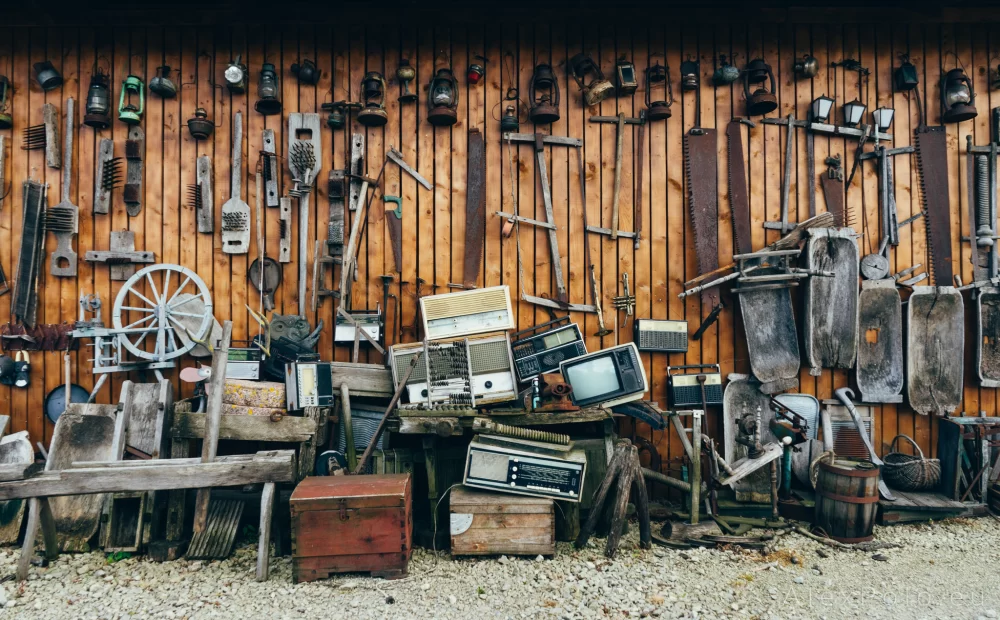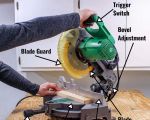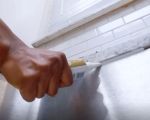Must-Have Tools for Fixing Leaking Faucets
Dealing with a leaking faucet can be frustrating, especially when the constant drip-drip-drip disrupts your peace and increases your water bill. Whether you're a DIY enthusiast or a beginner, knowing which tools to have on hand can make fixing a leaking faucet much easier. In this article, we'll explore the essential tools you need to tackle a leaking faucet repair, how to use them, and some tips to ensure the job is done correctly.
1. Why You Need the Right Tools for Faucet Repair
Before diving into any DIY faucet repair project, it's important to understand why having the right tools is critical. Using improper or subpar tools can not only make the repair process more difficult but also risk damaging the faucet or causing further leaks. For example, using the wrong type of wrench can strip the faucet's finish or make it difficult to loosen tightly-sealed parts.
The good news is that repairing a leaking faucet doesn't require specialized, expensive tools. With a few key tools, most homeowners can perform repairs quickly and effectively. Below, we’ll discuss the essential tools needed for a successful faucet repair project.
2. Essential Tools for Leaking Faucets
Let's take a look at the must-have tools that will make fixing a leaking faucet much easier. These tools will help you address various types of leaks, from minor drips to more complicated repairs.
- Adjustable Wrench: A good adjustable wrench is one of the most important tools you'll need. It can be used to loosen or tighten nuts and bolts on the faucet, making it an indispensable tool for faucet repairs. The adjustable feature allows it to fit various sizes of fasteners, ensuring it works with most faucets.
- Plumber’s Tape: Also known as Teflon tape, plumber's tape is used to seal pipe threads and prevent leaks. If you're replacing the faucet handle or a pipe connection, applying plumber's tape to the threads ensures a tight seal and can prevent future leaks.
- Screwdrivers: A set of flathead and Phillips screwdrivers is essential for removing screws that hold the faucet components in place. Some faucets have screws that are hidden, so be sure to check every possible angle before attempting to remove the components.
- Plumber’s Putty: This soft, moldable material is great for sealing around the faucet base and preventing leaks. Plumber’s putty is typically used around the edge where the faucet meets the sink to create a watertight seal.
- Needle-Nose Pliers: For small, hard-to-reach parts, needle-nose pliers are perfect. They allow you to grip and manipulate tiny washers, nuts, or other small components in confined spaces.
- Faucet Seat Wrench: A faucet seat wrench is a specialized tool used to remove the faucet’s seat, which is responsible for sealing the valve. If the seat is corroded or damaged, it may need to be replaced to stop the leak.
3. Step-by-Step Guide to Fixing a Leaking Faucet
Now that you know the essential tools needed to repair a leaking faucet, let's walk through the basic steps involved in fixing it. The repair process can vary depending on the type of faucet, but the following general steps can be applied to most models.
Step 1: Turn Off the Water Supply
Before starting any repair, it's crucial to turn off the water supply. Locate the shutoff valves under the sink and turn them clockwise to stop the water flow. If there are no shutoff valves, you may need to turn off the main water supply to your home.
Step 2: Disassemble the Faucet
Using your screwdrivers, carefully remove any screws holding the faucet handle in place. Then, use the adjustable wrench to loosen the nut securing the faucet stem. Once the components are removed, you can access the internal parts of the faucet, such as the valve seat and cartridge.
Step 3: Inspect the Components
Examine the faucet’s components for signs of wear and tear. Check the washer, O-ring, and cartridge for any visible damage or buildup. If the rubber washers are hard, cracked, or missing, replace them with new ones. Often, a leaking faucet is caused by a worn-out washer or a corroded valve seat.
Step 4: Reassemble the Faucet
Once the damaged parts are replaced, reassemble the faucet. Apply plumber’s putty around the base of the faucet to ensure a watertight seal. Then, tighten all components, making sure not to overtighten, which could damage the parts or cause a new leak.
Step 5: Test the Faucet
Finally, turn the water supply back on and test the faucet to ensure the leak is fixed. Check for any new leaks around the base, handle, or spout. If everything is dry and secure, you’ve successfully completed the repair.
4. Common Faucet Repair Mistakes to Avoid
While faucet repairs are relatively straightforward, there are common mistakes that can hinder the process or cause more damage. Here are some things to avoid when fixing a leaking faucet:
- Ignoring the root cause: It's easy to focus solely on the symptoms of the leak, but the root cause (such as a worn-out washer or corroded valve seat) needs to be addressed. Ignoring the underlying problem can lead to recurring leaks.
- Using the wrong parts: Using incorrect parts, such as the wrong size washer or incompatible replacement cartridges, can make the problem worse. Always ensure that the replacement parts are compatible with your faucet model.
- Over-tightening: Tightening the nuts or screws too much can damage the components, making them more prone to leaks. Tighten them just enough to secure them in place, but avoid excessive force.
5. How ToolNest Can Help with Your Faucet Repair
If you’re looking for the best tools for fixing leaking faucets, look no further than ToolNest. Whether you're a seasoned DIYer or just starting, ToolNest has a wide selection of high-quality tools to make your faucet repair job easier and more efficient. From adjustable wrenches to plumber’s putty, you'll find everything you need for a successful repair project.
Visit ToolNest today to explore our full range of plumbing tools and get started on your next home repair project with confidence!









